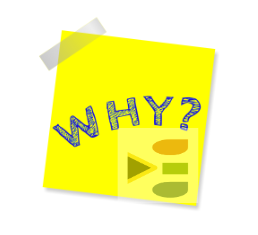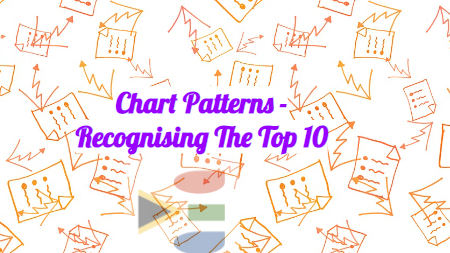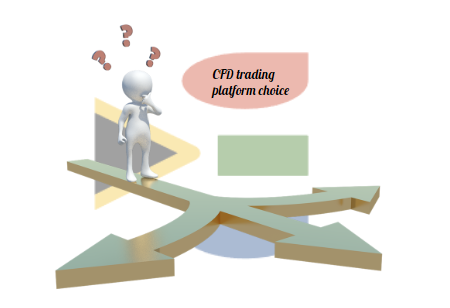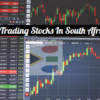CFD trading is becoming increasingly popular with traders in South Africa, and beyond, but why trade CFDs over other traditional methods, and what is behind this growth?
You would think that surely there must be a simple reason behind the rate of CFD trading growth, but the truth is far more complicated.
Just as no two traders are exactly alike, the reasons for why to trade CFDs will not be the same across the spectrum of the market. As such, what we have done is focus on 10 potential advantages to CFD trading so you can see for yourself whether this might be a trading angle for you.

Why Trade CFDs over traditional asset classes?
One of the first reasons many believe to behind the growth in CFD trading is the fact they allow you to trade on margin, which means you can open larger positions with less capital. As a word of warning, whilst this can lead to greater profits on winning trades, it also carries more risk, and greater potential losses with unsuccessful trades.
Whilst CFD trading can be more complicated to learn than other financial instruments due to the wide range of instruments you have available and the different behaviours of each, the markets are generally more accessible, and can usually be traded online 24 hours a day.
10 reasons why you might want to start considering CFD trading as part of your financial portfolio
1. You can trade a variety of assets – not just stocks or currency pairs.
Almost all financial instruments can be used in CFD trading; with oil, gas, gold, corn, ETFs, and even options tradeable as CFD contracts. This means you have one of the widest selection of assets to trade, than any other type of trading, depending on how many are provided by your CFD trading platform.
2. CFD trading is flexible and allows you to go long or short on an asset.
When you trade a CFD, you are simply speculate on the price movement of an asset; whether it will go up or down. This flexibility is not always available with other types of trading; such as investing in stocks where you can only profit if prices are going up. You can take advantage of price movements in both rising and falling markets.
With CFD trading, you can make money no matter which direction the market is moving in. If prices are going up, you can buy CFDs to profit from the rally. And if prices are falling, you can short sell CFDs to make money from the decline.
3. You can use leverage when trading CFDs.
Leverage is a double-edged sword and can greatly amplify your profits – but also your losses. It allows you to trade with more money than you have in your account, by borrowing from your broker. For example, if you have £1,000 in your account and use 100:1 leverage, you can effectively trade £100,000 worth of assets.
4. Margin requirements are usually lower for CFD trading than other types of trading.
When you trade with leverage, you only need to put down a small deposit – or margin – to open a position. This can be as low as 5% of the total value of the trade in some cases. For example, if you wanted to buy $10,000 worth of shares using 10:1 leverage, you would only need to deposit $1,000 as margin.
5. You can trade on a wide range of platforms and devices.
CFD trading platforms are available as web-based platforms, mobile apps, and even dedicated desktop software. This means you can trade from almost anywhere, at any time; all you need is an internet connection.
6. You can trade CFDs with a demo account before risking any real money.
Most CFD brokers offer demo accounts which allow you to trade with virtual money, so you can get a feel for the platform and the markets before putting any real money at risk.
7. The fees and charges for CFD trading are usually lower than other types of trading.
CFD brokers make their money from the spread – the difference between the buy and sell price of an asset. They also charge a small commission on each trade, but this is usually much lower than what you would pay with other types of trading.
8. You can access advanced trading features and tools.
CFD platforms usually come packed with features and tools to help you trade effectively. This can include technical analysis tools, price alerts, and risk management features.
9. You can get started with a small account size.
Unlike other types of trading where you might need to deposit a large amount of money to get started, you can open a CFD account with just a few hundred dollars. This makes it accessible for almost everyone.
10. Markets open around the clock.
Many CFD platforms keep markets open 24 hours a day, from Sunday evening to Friday night, with a few even offering to provide weekend markets. This means you can trade when it suits you; whether that’s in the evening after work, or in the middle of the night.
If you are not happy to assume risk, you will want to reconsider trading CFDs
The reality is that despite the growth in CFD trading amongst retail traders, this might not be the right path for your own trading future.
CFD trading offers many advantages and opportunities for traders – but it’s certainly not without risk. It’s important to understand the risks involved before getting started. If you’re willing to take on the risk, CFD trading can be a rewarding way to trade the markets when you get things right.
The best CFD trading platforms and brokers to trade with are continuing to develop their offering, and making trading accessible to segments of the population that previously were not considered as potential traders. I believe that everyone should have access to financial information and education, and it seems many in the CFD trading industry feel the same.










